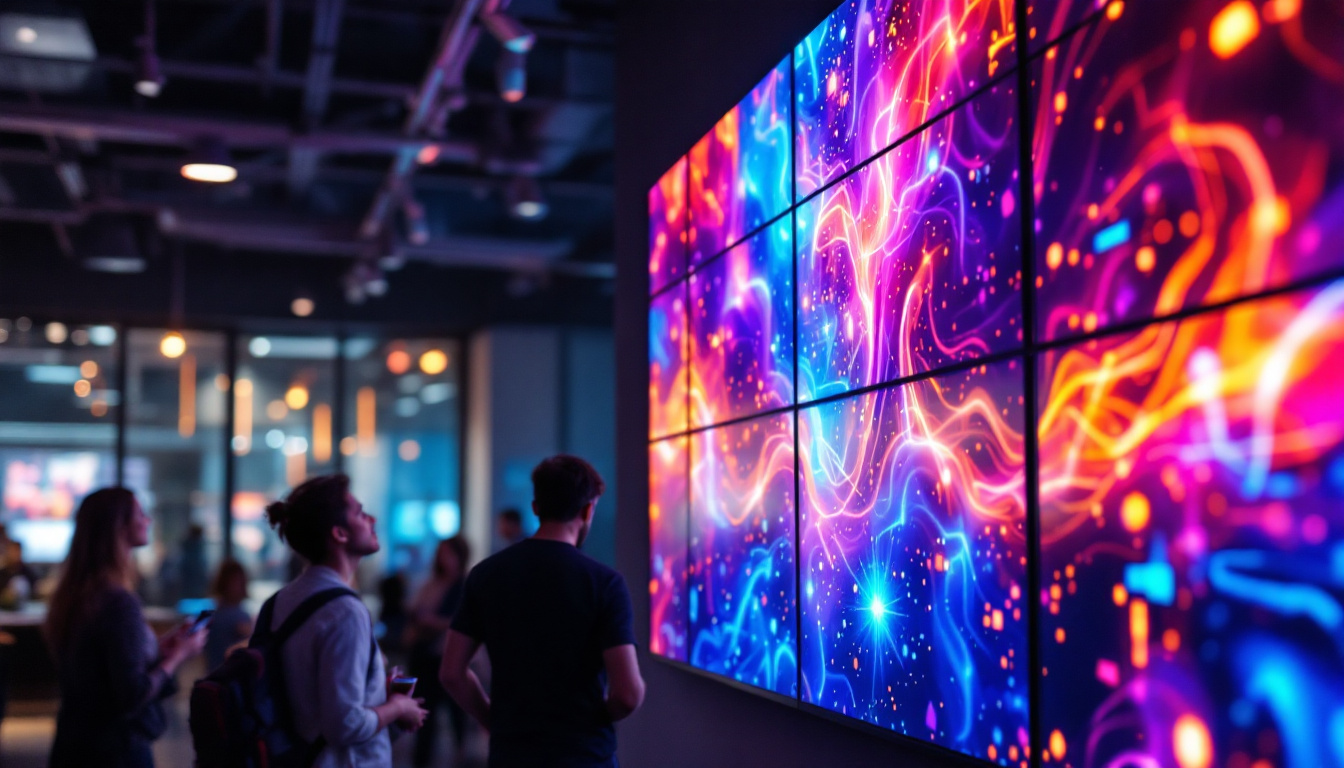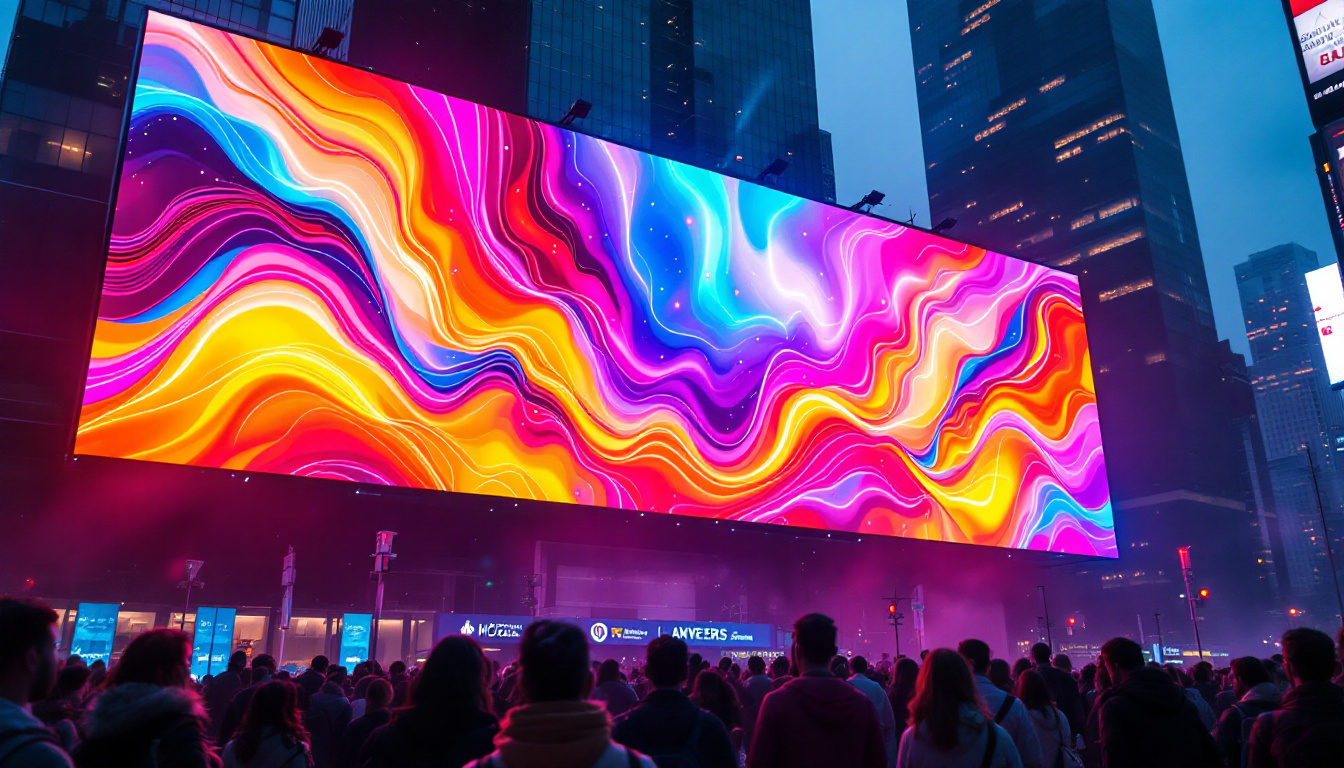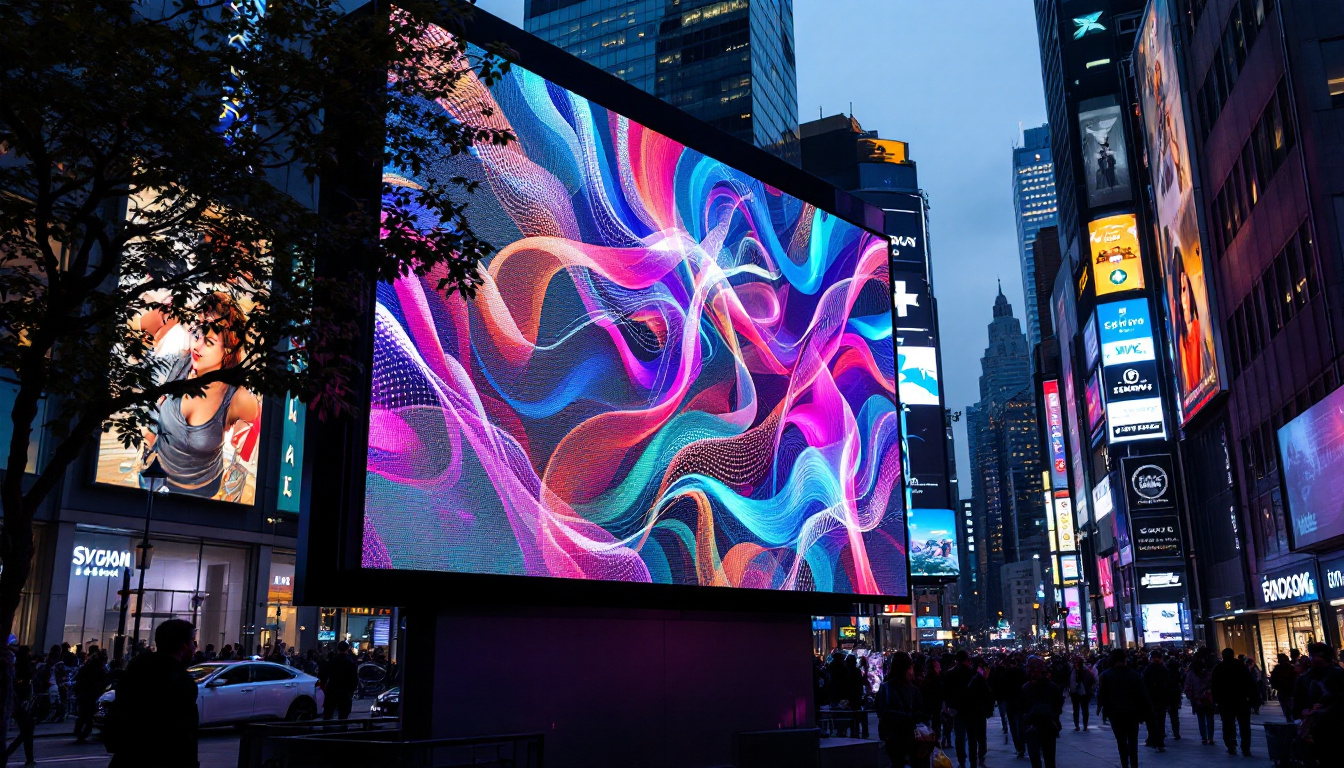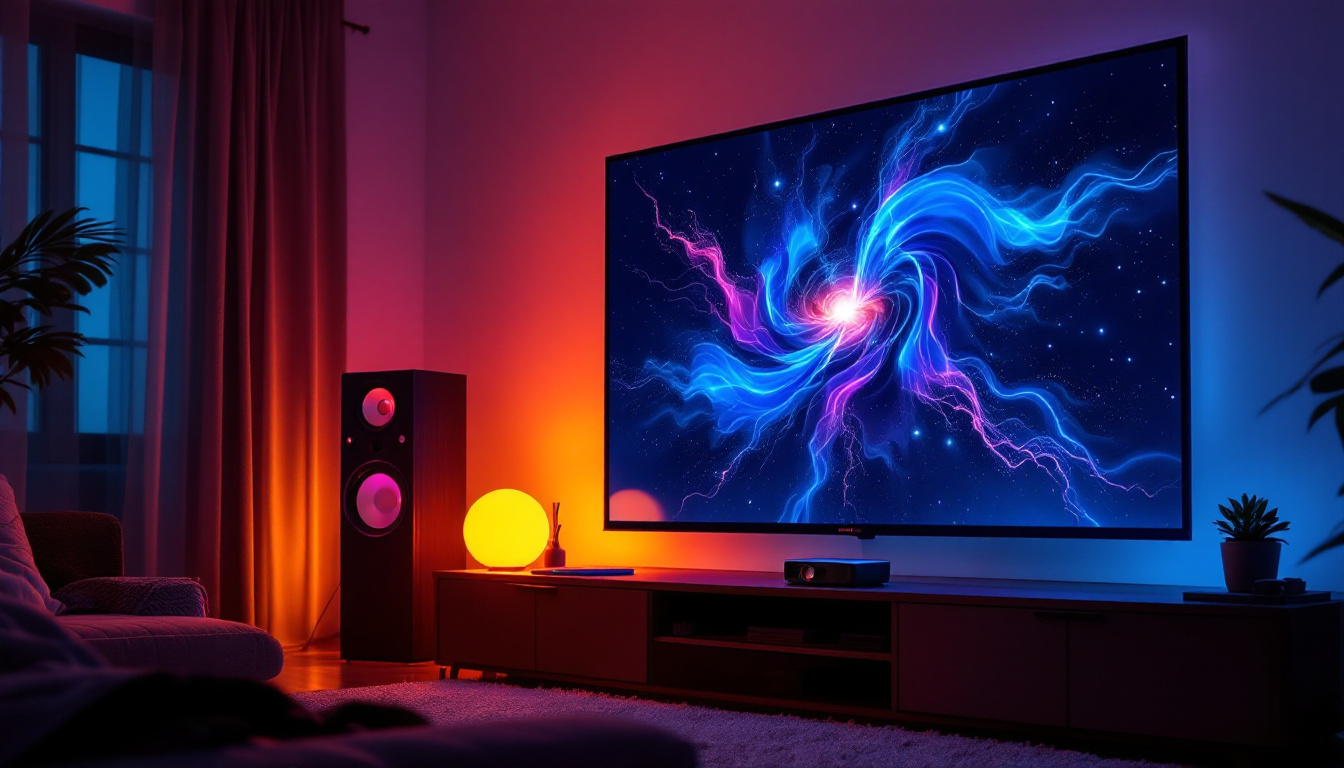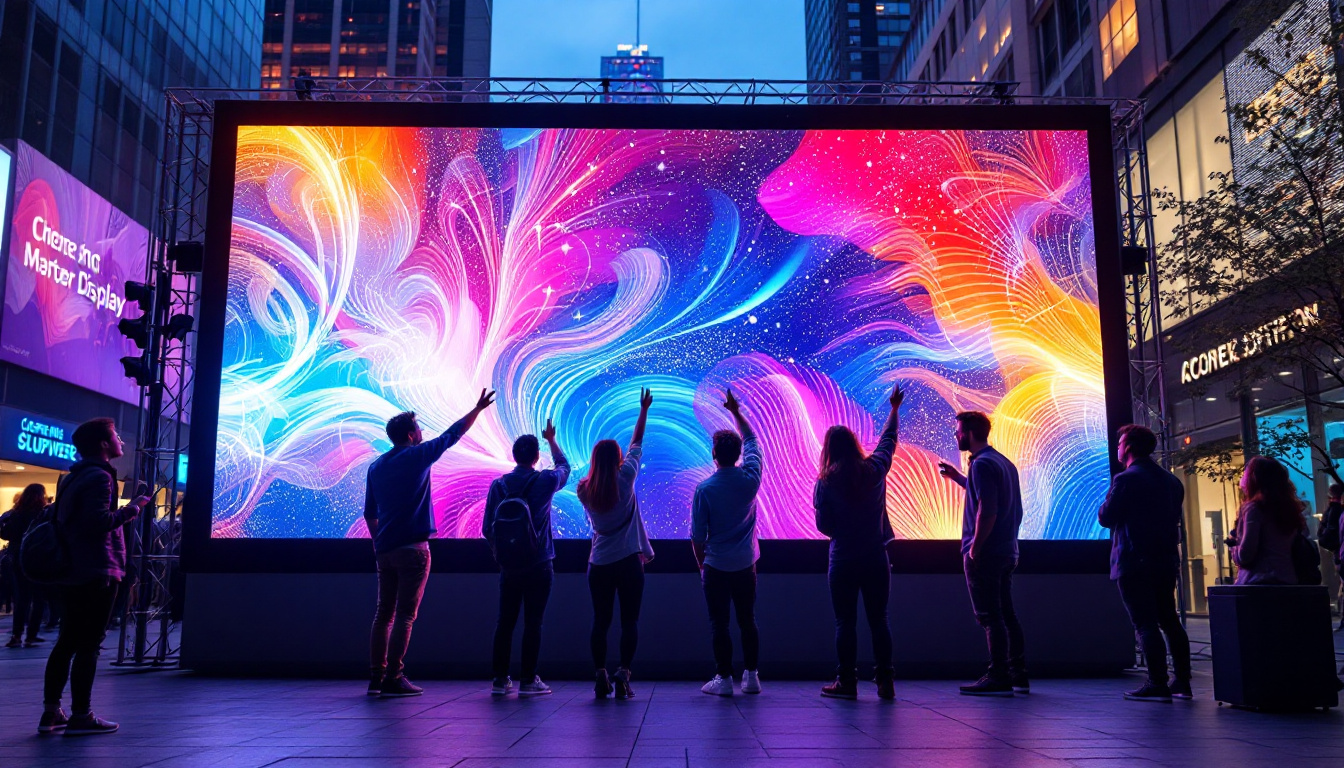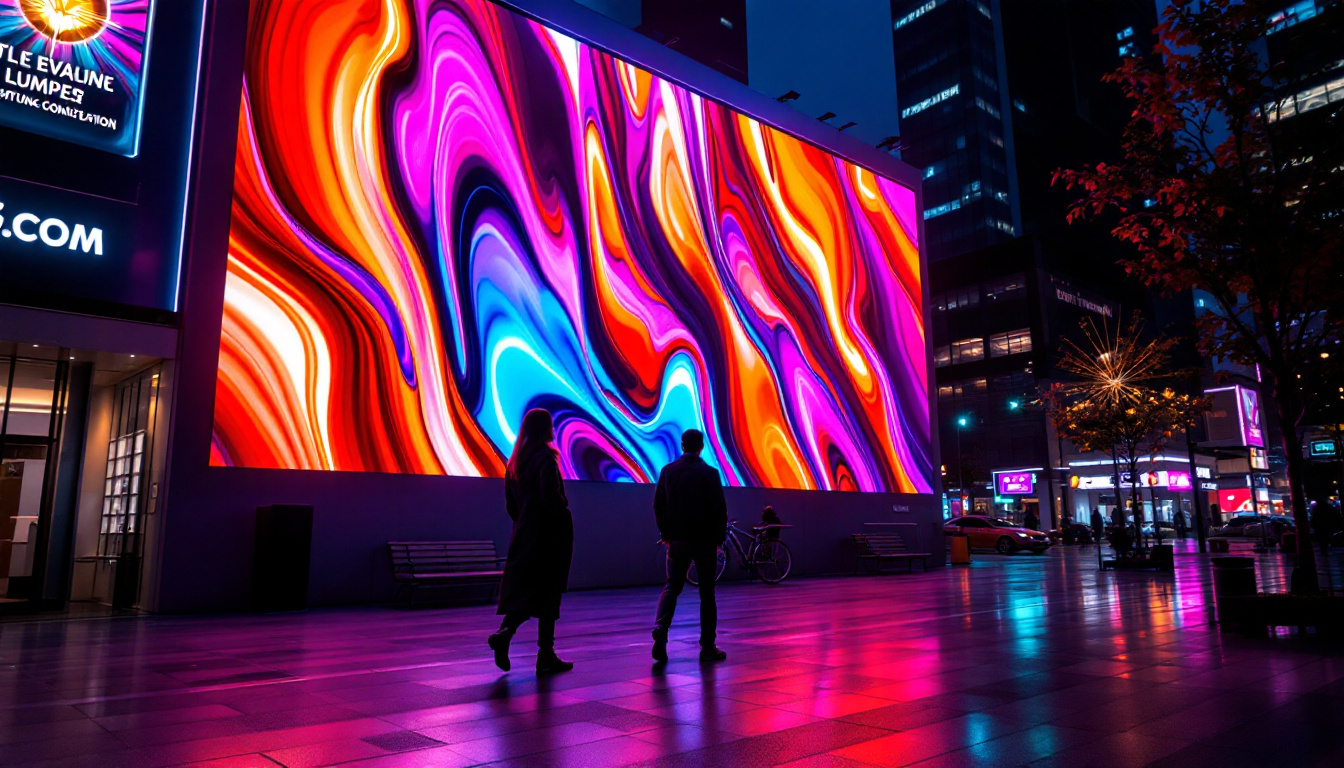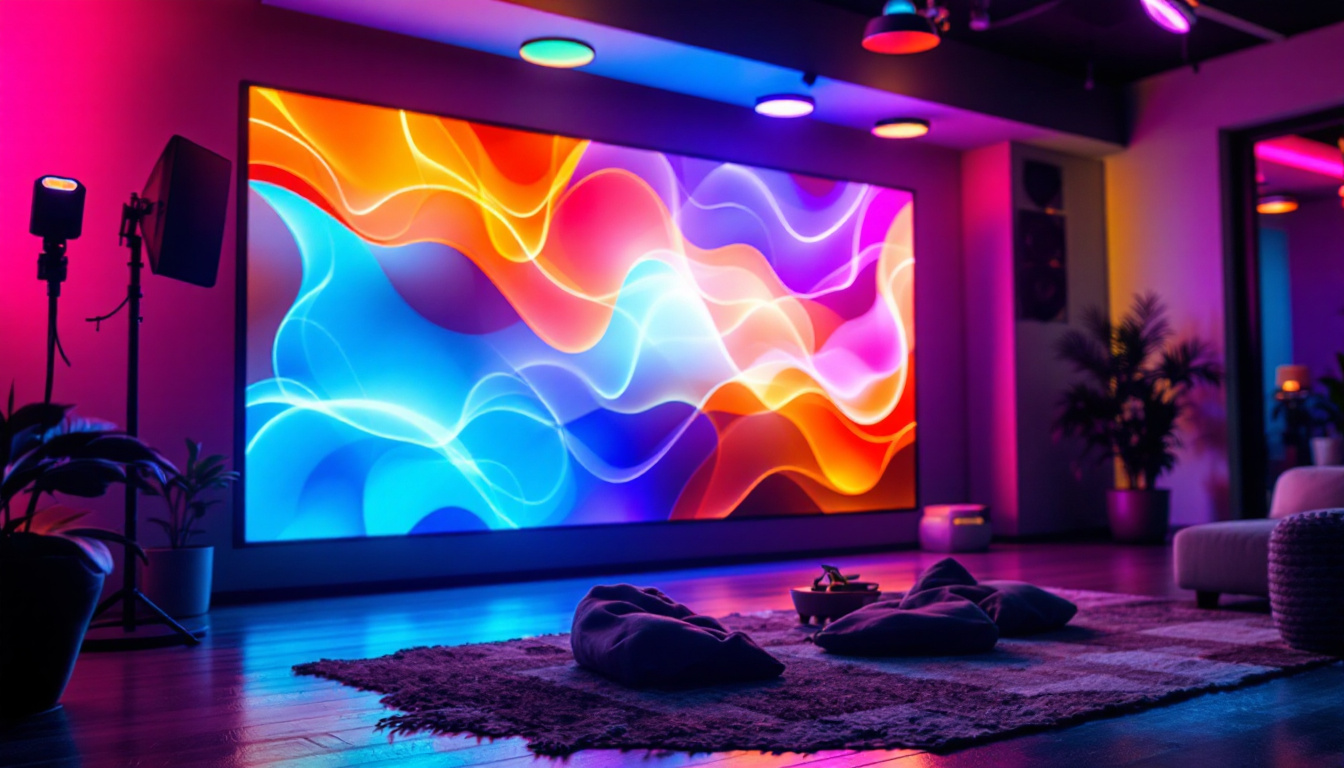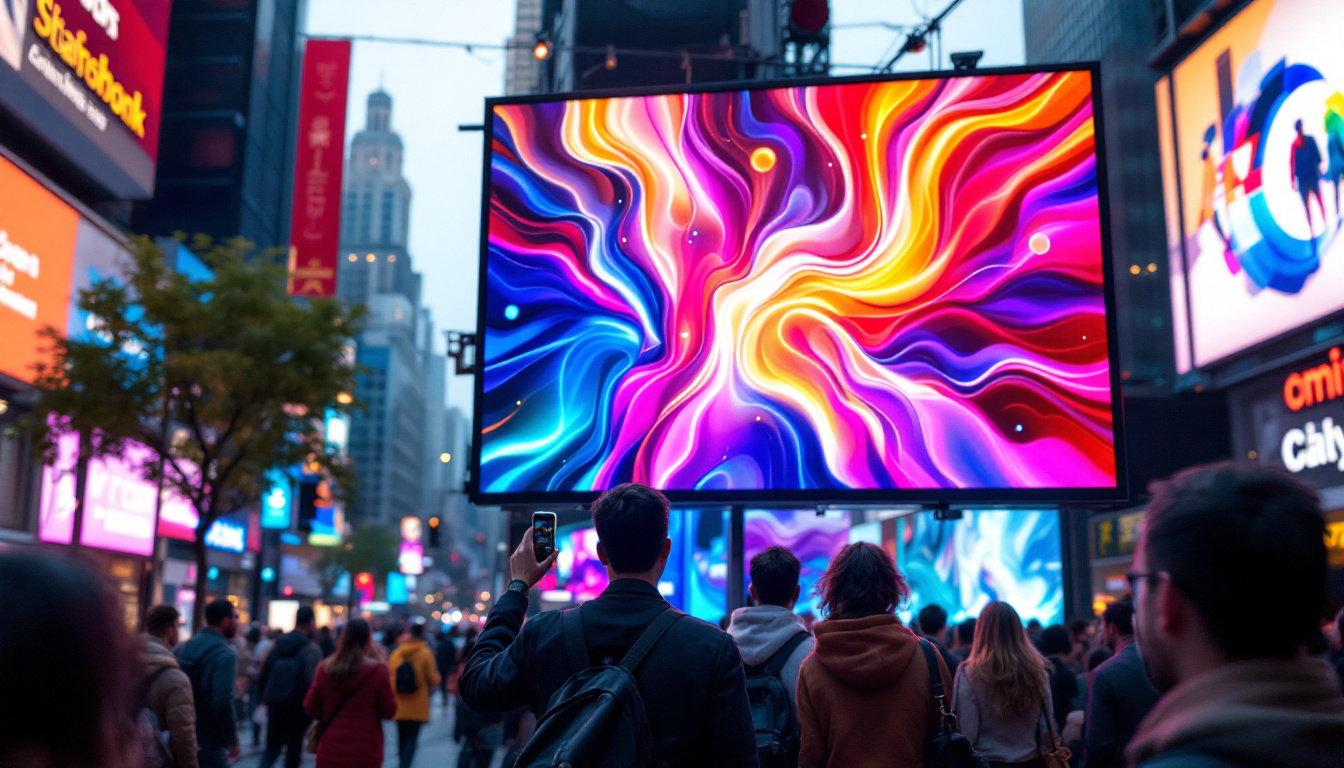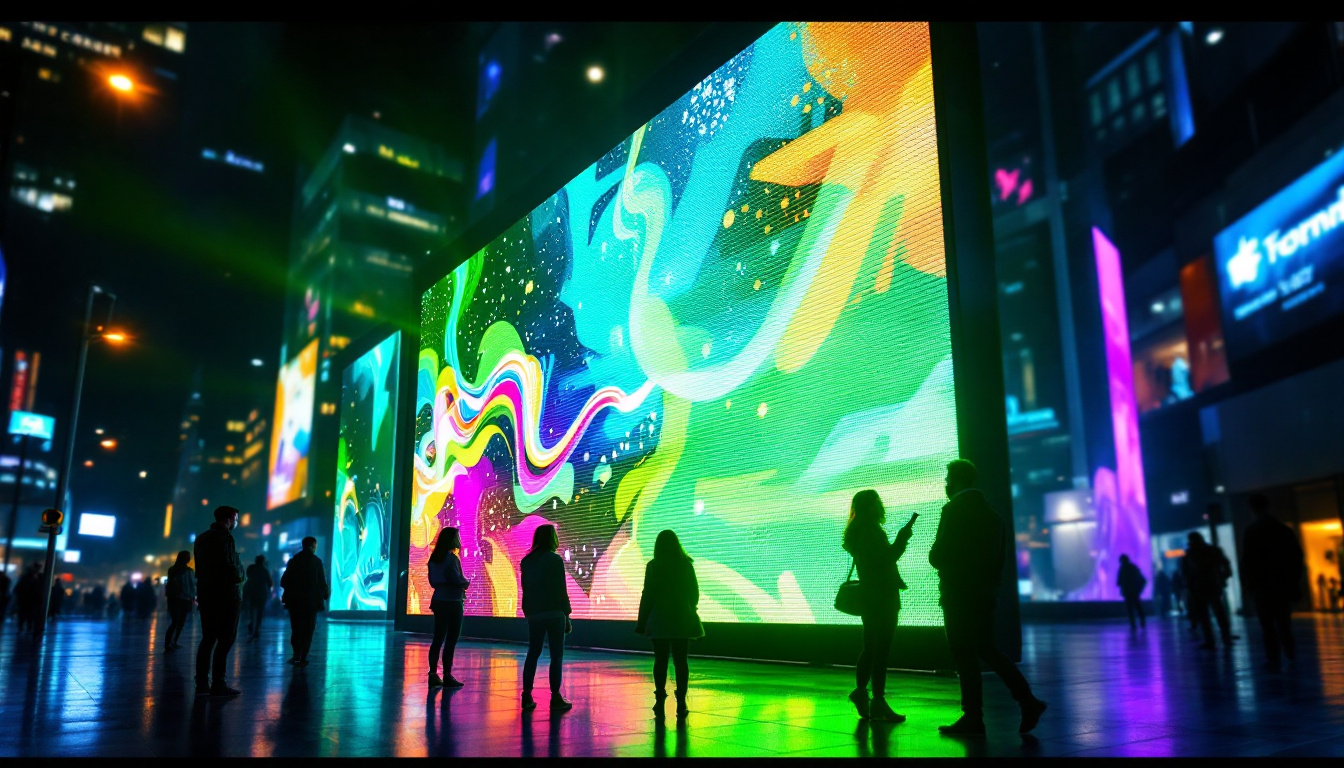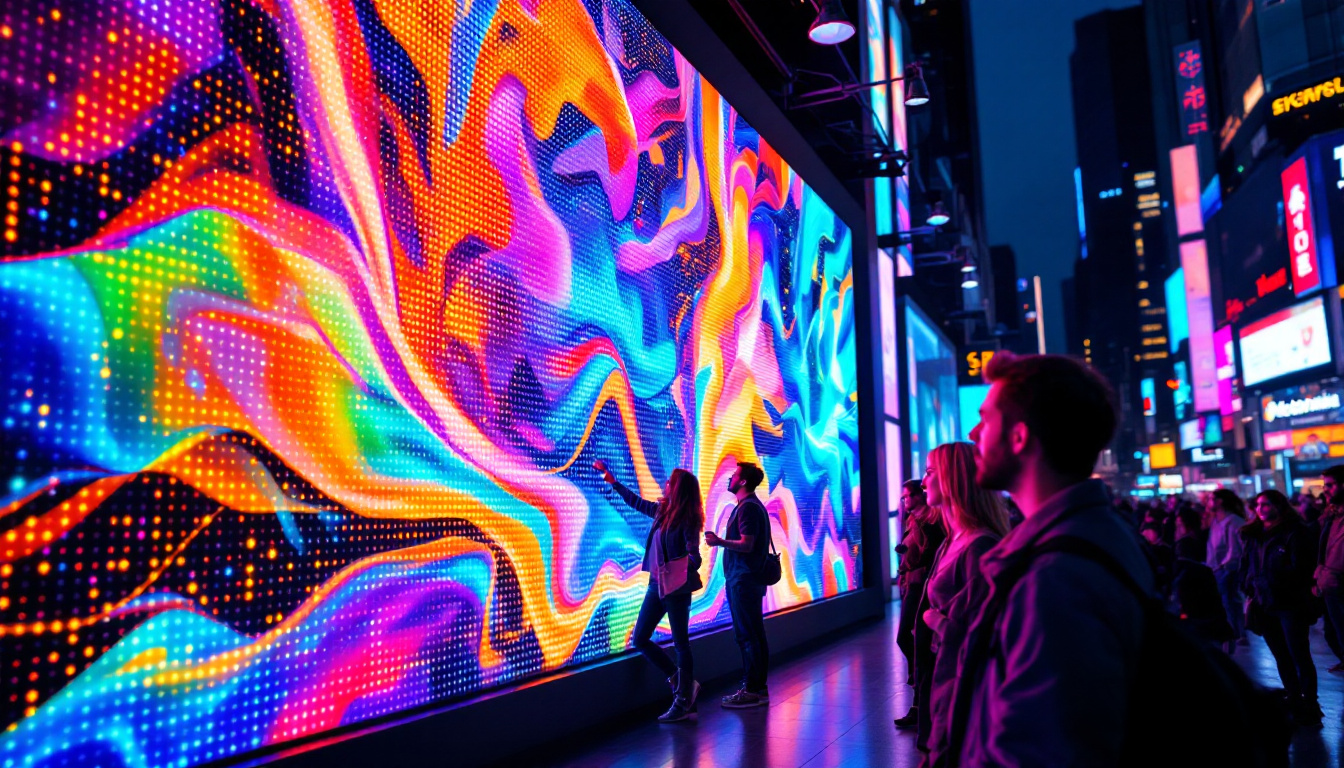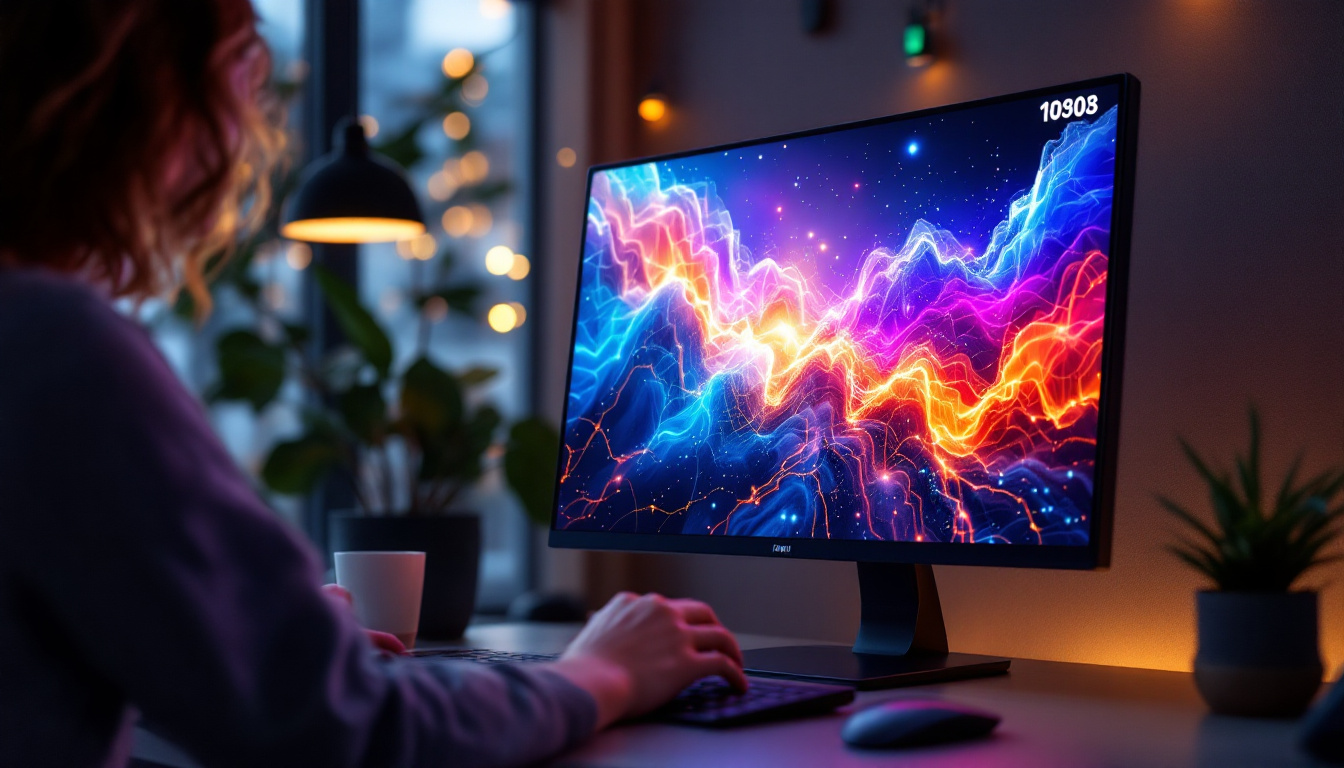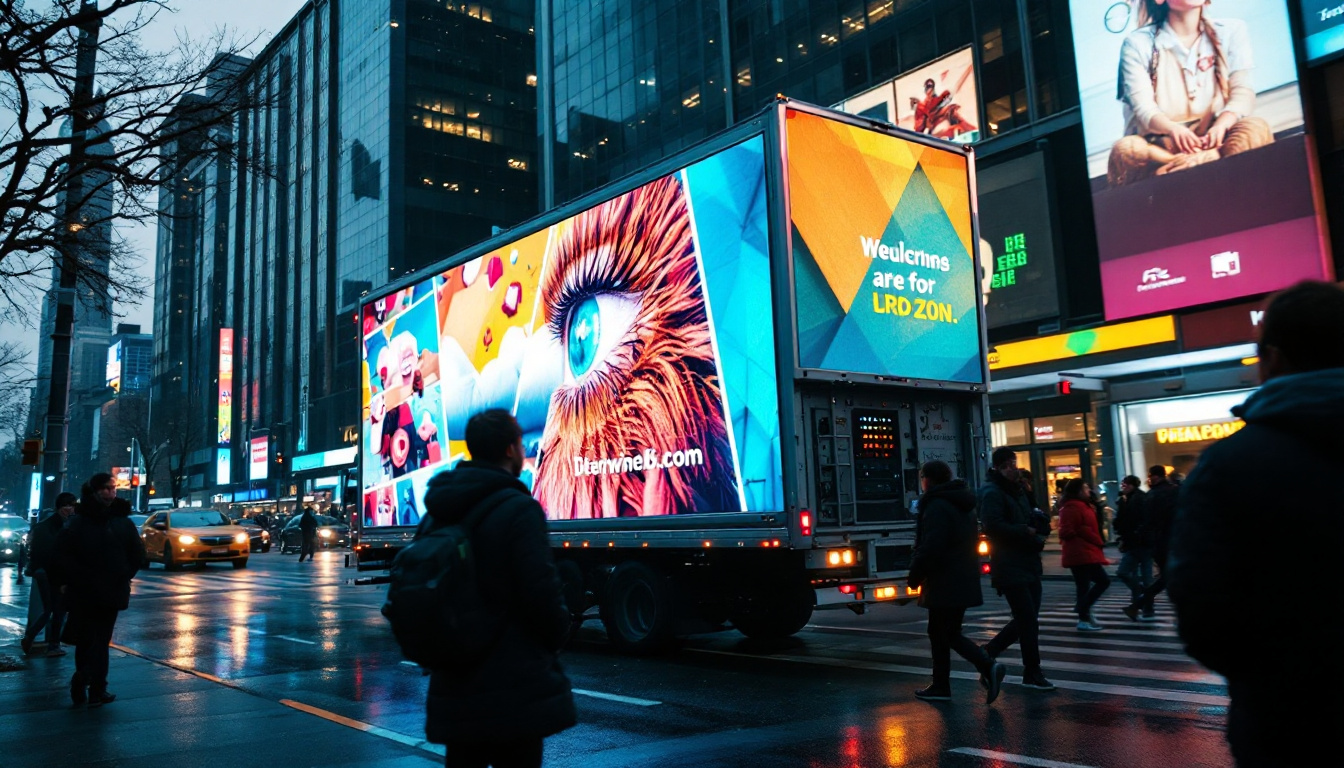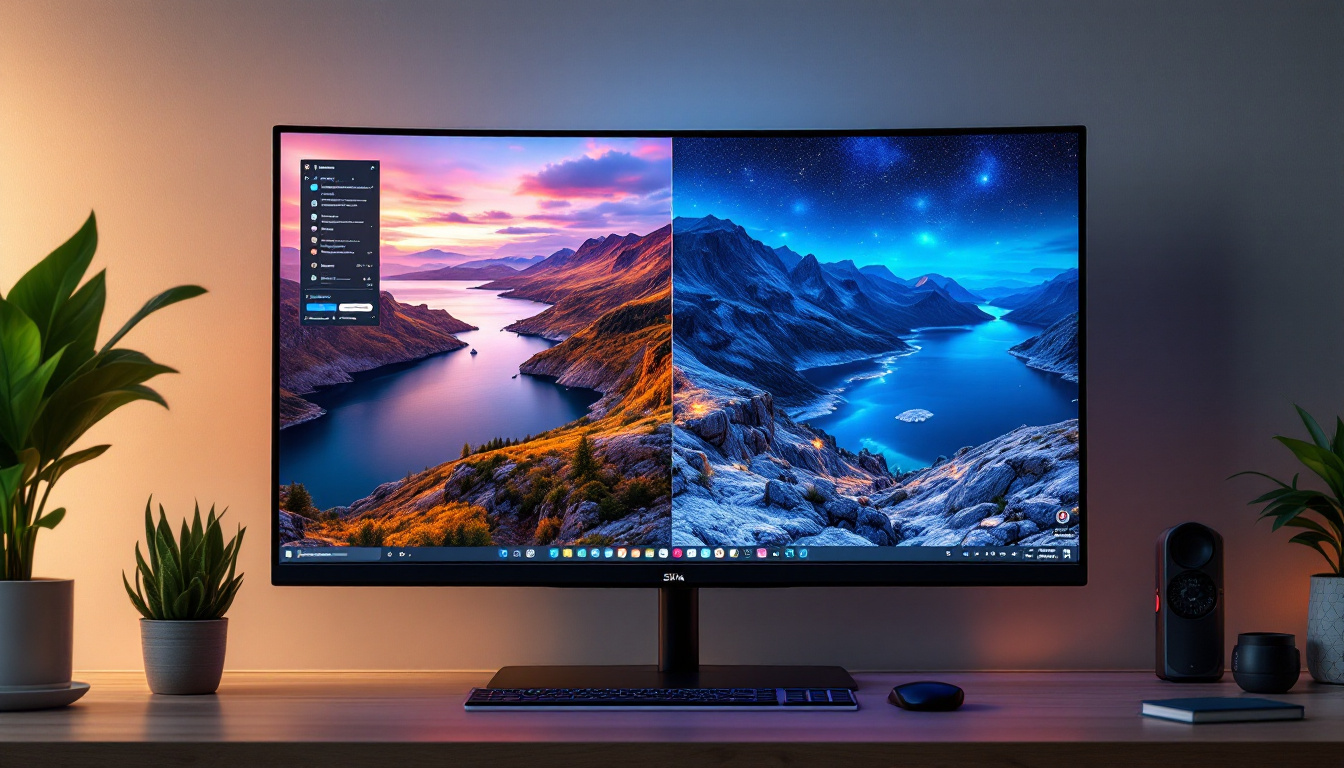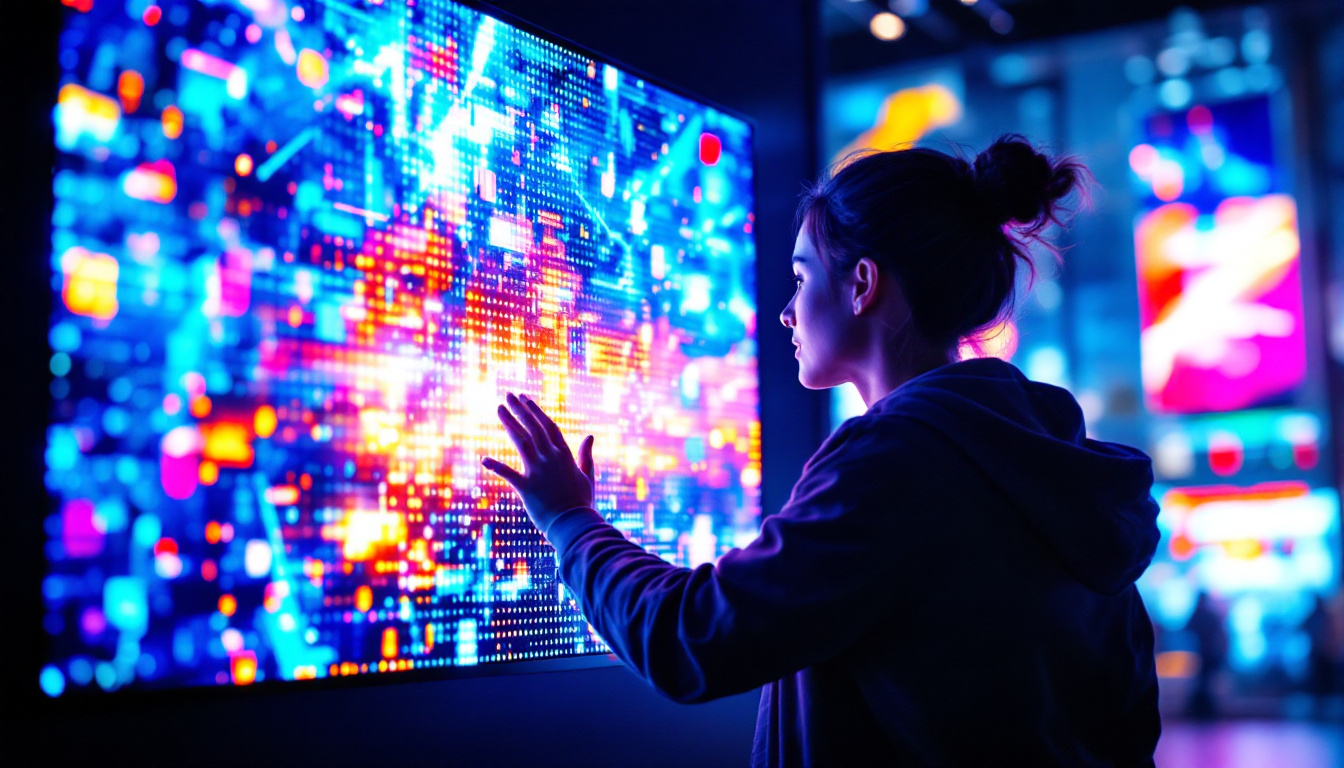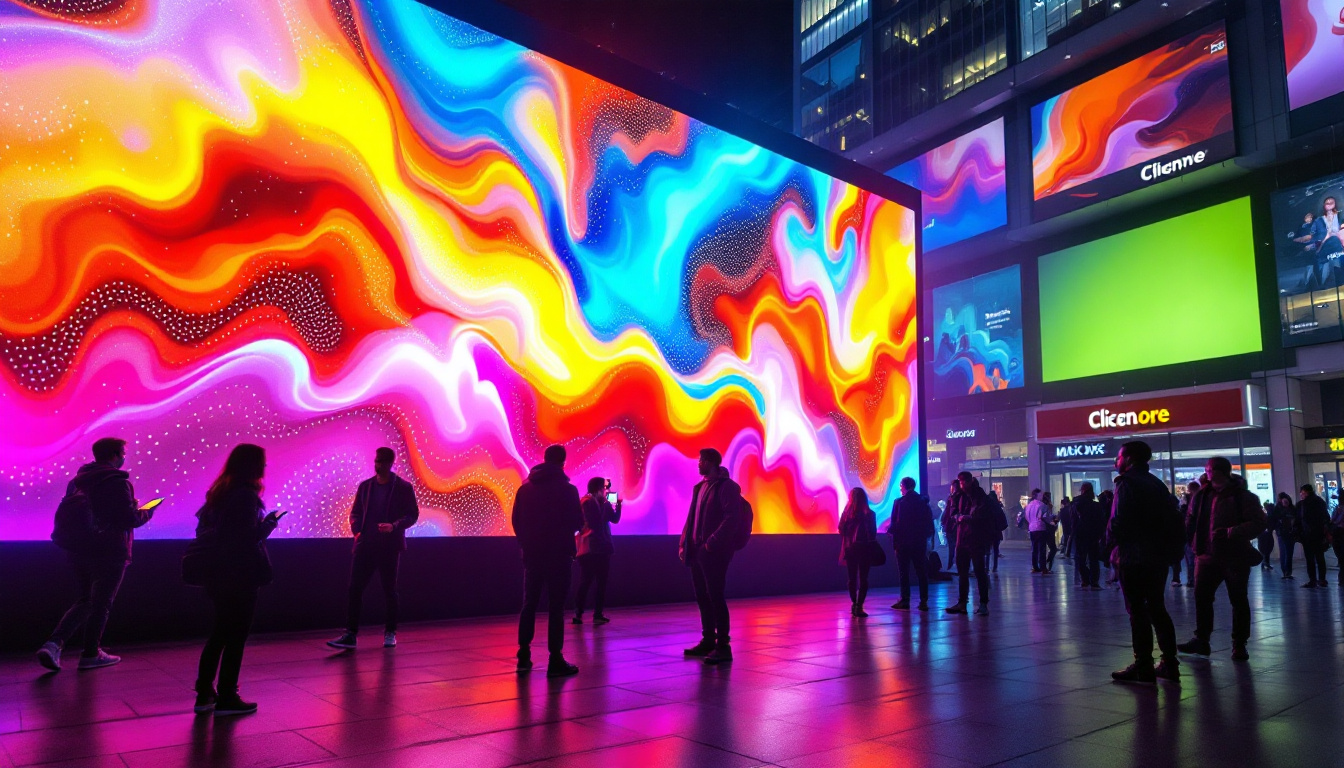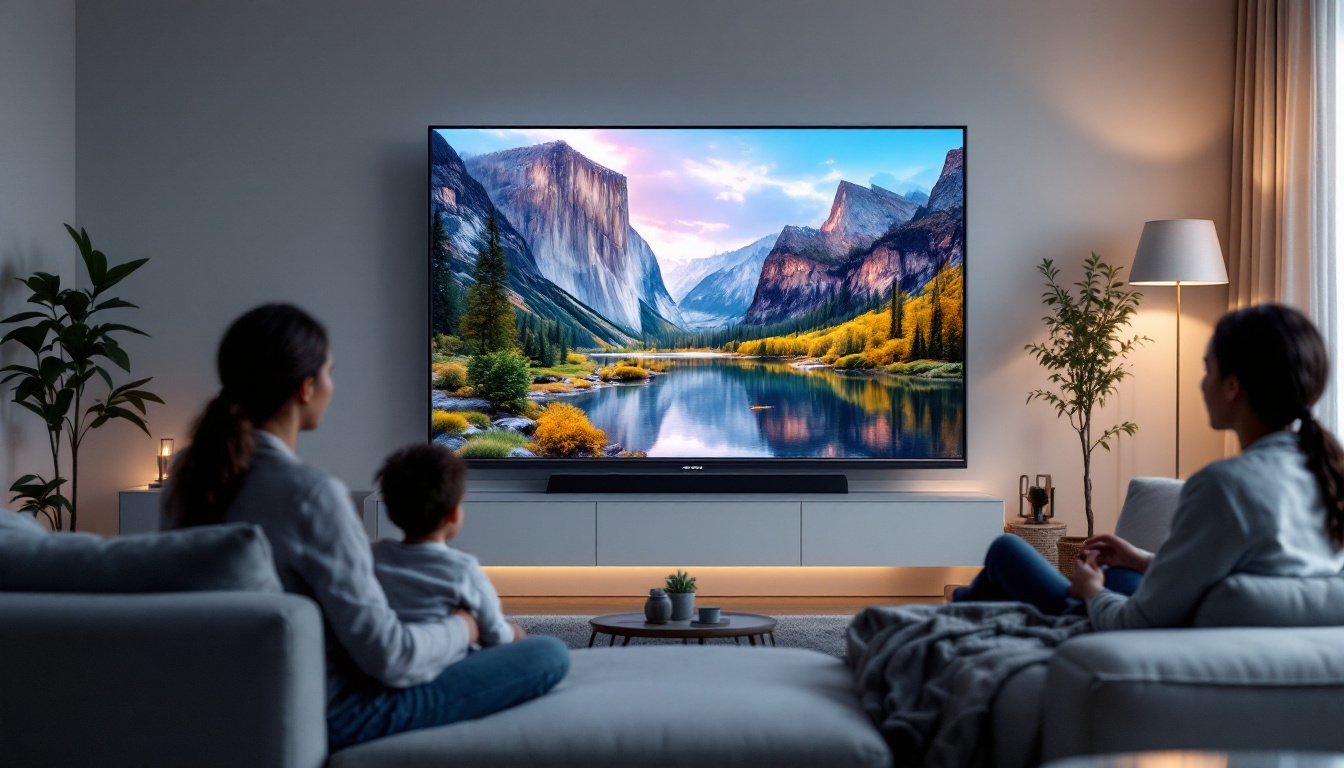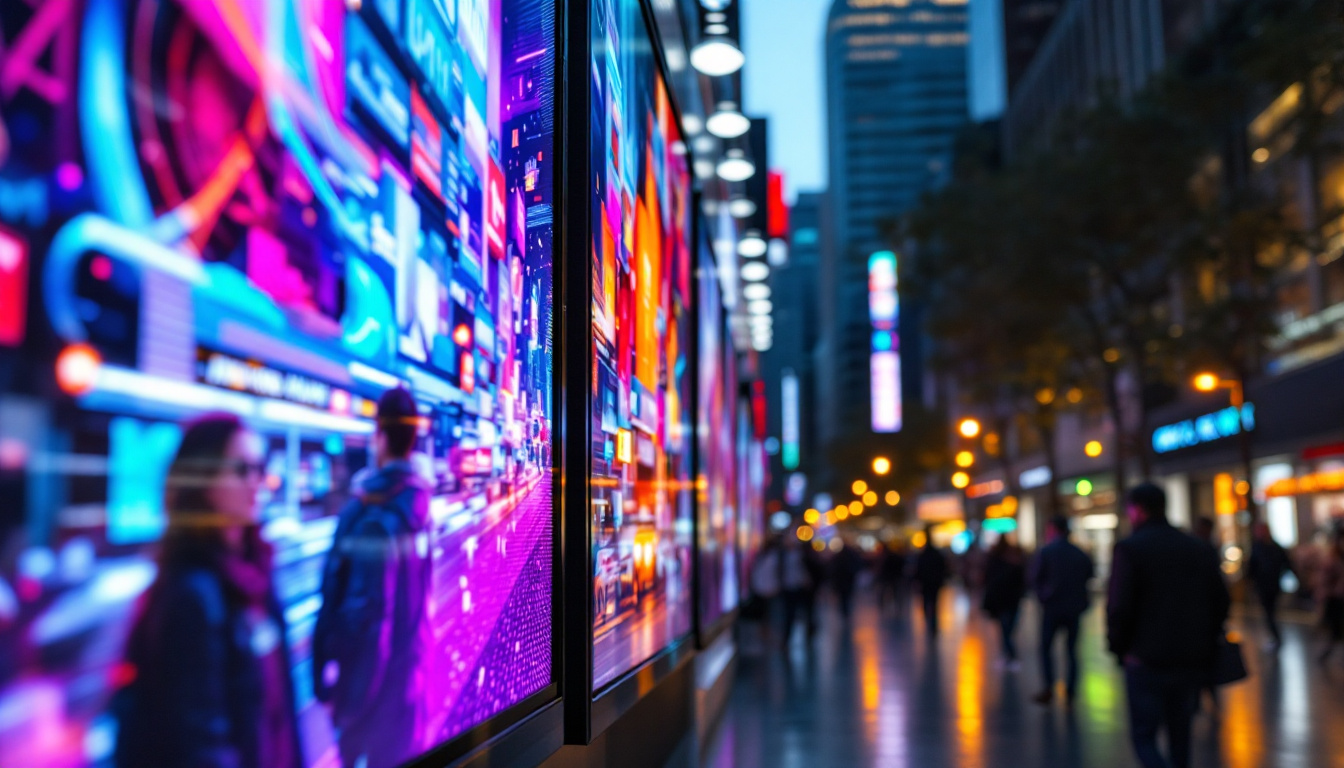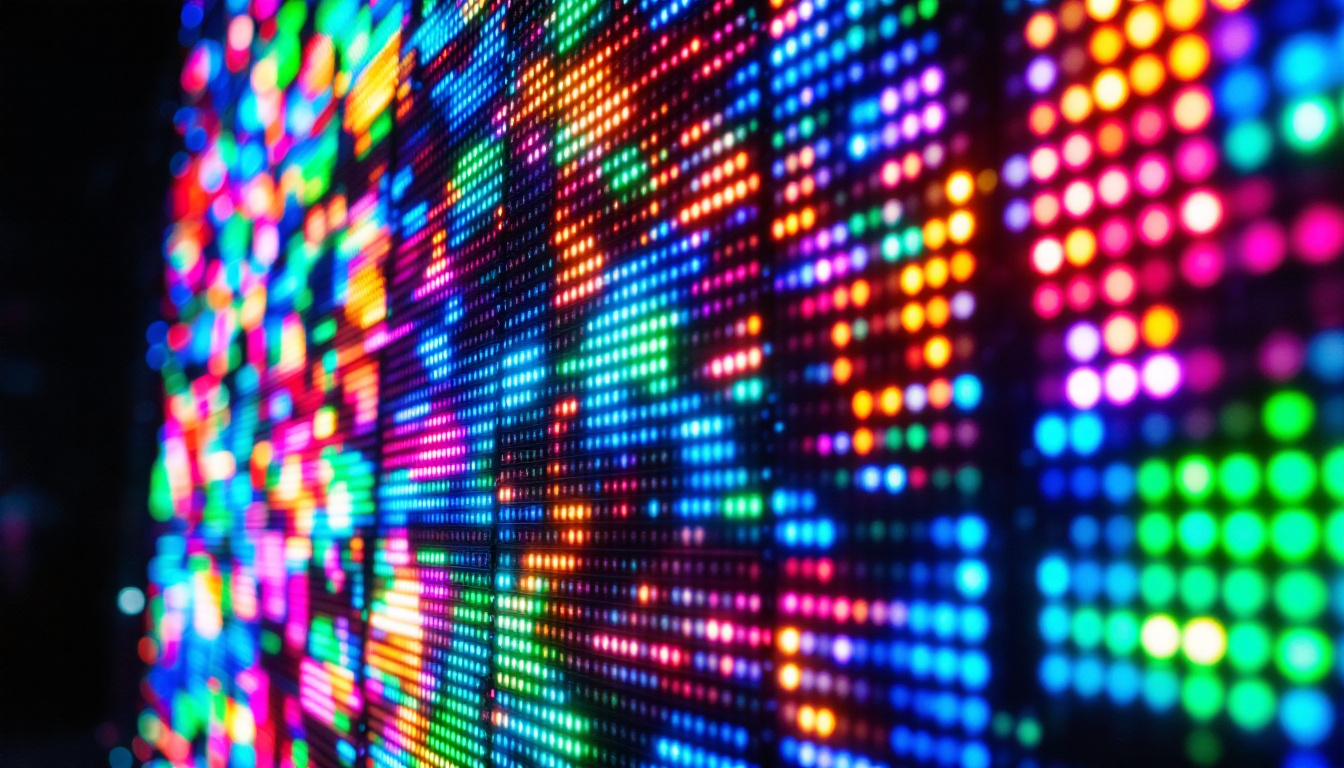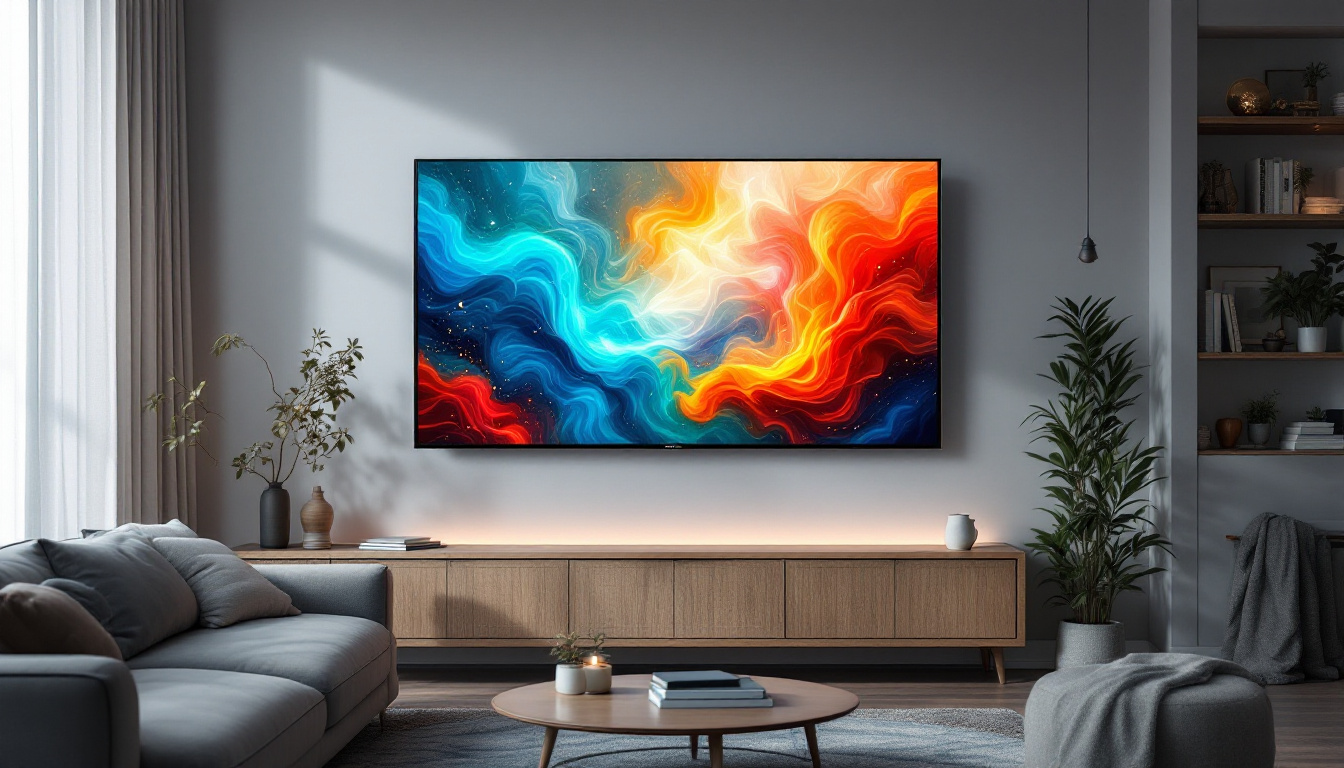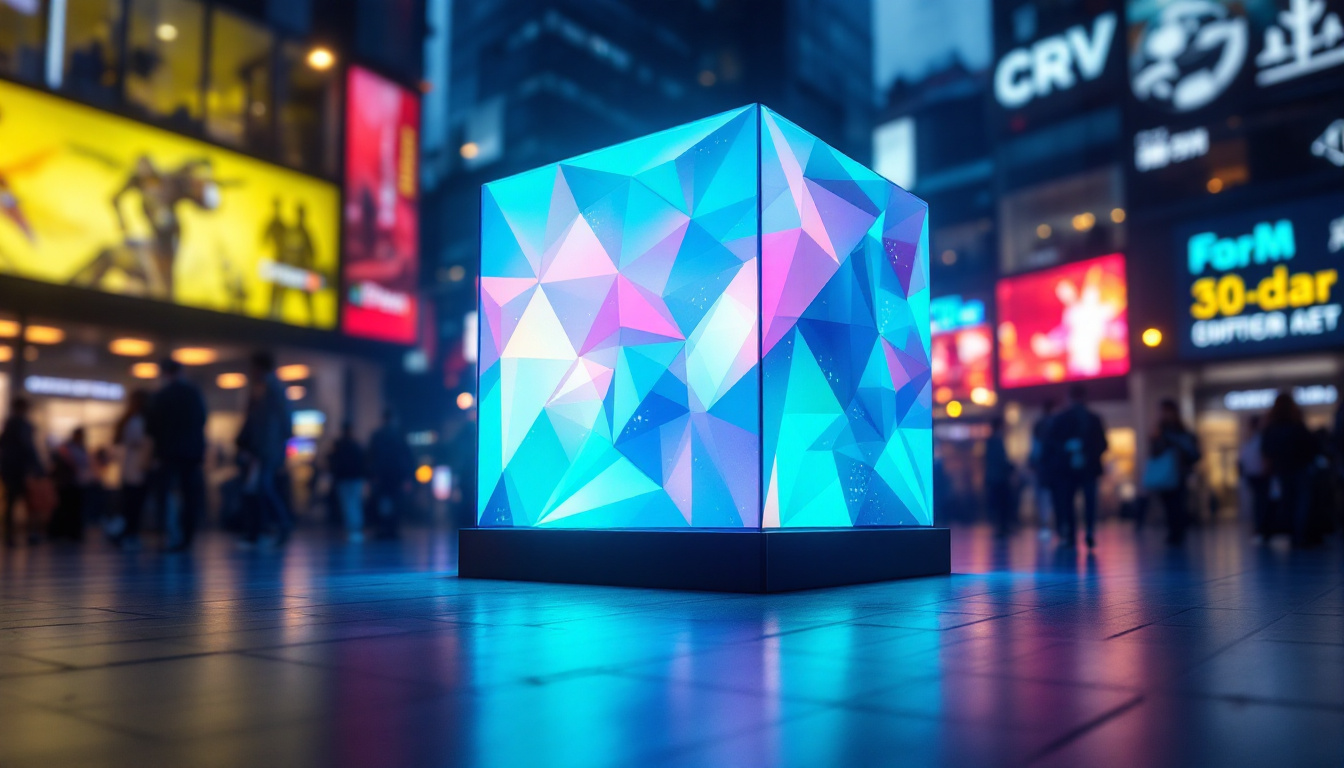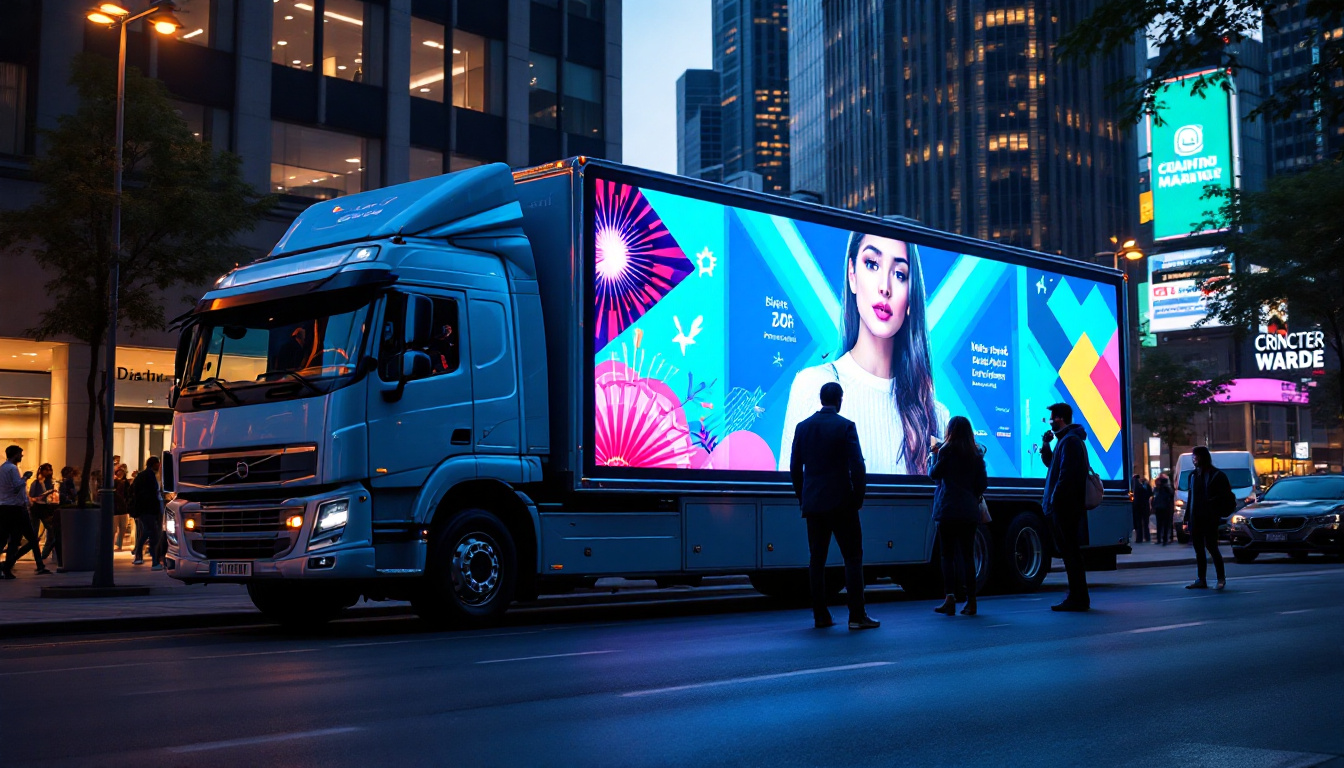In the modern world of visual communication, LED video walls have emerged as a powerful tool for delivering dynamic content in a variety of settings. From concert stages to corporate events, these displays captivate audiences with their vibrant colors and high-resolution imagery. This article delves into the intricacies of LED video walls, exploring their technology, applications, and advantages.
Understanding LED Technology
LED, or Light Emitting Diode, technology has revolutionized the way we perceive visual displays. Unlike traditional display technologies, LED utilizes semiconductor materials to emit light when an electric current passes through them. This fundamental difference allows for greater energy efficiency, longer lifespan, and superior brightness levels. As a result, LED technology has become the preferred choice for various applications, from home entertainment systems to large-scale outdoor advertising displays.
The Basics of LED Displays
At its core, an LED display consists of numerous tiny diodes grouped together to form pixels. Each pixel can emit red, green, or blue light, and by varying the intensity of these colors, a full spectrum of colors can be produced. This RGB (Red, Green, Blue) model is the foundation of color display technology, enabling the creation of vivid images and videos. The ability to mix these colors at different intensities allows for the display of millions of shades, providing an immersive viewing experience that captivates audiences.
LED displays can be categorized into two main types: direct view and backlit. Direct view LED displays are composed of individual LED modules that can be arranged in various configurations, making them ideal for video walls. Backlit LED displays, on the other hand, use LEDs to illuminate an LCD panel from behind, offering a different set of advantages and applications. The versatility of LED technology means it can be used in a wide range of settings, from retail environments to stadiums, enhancing the way information is communicated and experienced.
Pixel Pitch and Resolution
One of the critical factors in determining the quality of an LED video wall is its pixel pitch, which refers to the distance between the centers of two adjacent pixels. A smaller pixel pitch results in a higher resolution, allowing for clearer and more detailed images. For instance, a pixel pitch of 1.5mm is suitable for close viewing distances, while a 10mm pitch is more appropriate for larger venues where viewers are farther away. This adaptability makes LED displays a popular choice for both intimate settings and expansive arenas.
Resolution is also a key consideration when designing an LED video wall. Higher resolution displays can showcase intricate details, making them ideal for applications like digital signage, advertising, and live event broadcasting. As technology advances, manufacturers continue to push the boundaries of resolution, offering products that cater to a range of needs. Furthermore, advancements in processing technology and image scaling algorithms have improved the overall viewing experience, ensuring that even lower-resolution content can be displayed with remarkable clarity and vibrancy. This ongoing evolution in LED technology not only enhances visual fidelity but also opens up new possibilities for creative expression in digital media.
Applications of LED Video Walls
The versatility of LED video walls makes them suitable for a wide array of applications across different industries. Their ability to deliver high-quality visuals in various environments has led to their adoption in numerous sectors.
Entertainment and Events
In the entertainment industry, LED video walls play a crucial role in enhancing live performances. Concerts, festivals, and theater productions utilize these displays to create immersive experiences for audiences. The vibrant colors and dynamic content can transform a stage, allowing performers to connect with their audience on a deeper level.
Moreover, LED video walls are often used in sports arenas to display live feeds, replays, and advertisements. Their large size and high visibility ensure that fans can enjoy the action from any seat in the venue, contributing to an electrifying atmosphere.
Corporate and Retail Environments
In corporate settings, LED video walls serve as powerful communication tools. They are commonly used for presentations, conferences, and trade shows, providing a visually engaging way to convey information. The ability to display multiple content sources simultaneously makes them ideal for dynamic presentations that require real-time updates.
Retail environments have also embraced LED video walls as a means of attracting customers. These displays can showcase promotional content, product videos, or interactive experiences that draw shoppers in. The eye-catching visuals can significantly enhance brand visibility and drive sales.
Control Rooms and Monitoring Stations
Control rooms and monitoring stations, such as those used in security, transportation, and utilities, benefit greatly from LED video walls. These environments require the ability to display multiple feeds and data sources simultaneously. LED video walls provide the necessary clarity and size to monitor critical information effectively.
In these settings, the flexibility of LED technology allows operators to customize layouts and configurations based on their specific needs. Real-time data visualization is crucial for decision-making, and LED video walls facilitate this process by presenting information in an easily digestible format.
Advantages of LED Video Walls
LED video walls offer numerous advantages over traditional display technologies, making them a preferred choice for many applications. Understanding these benefits can help organizations make informed decisions when investing in visual display solutions.
High Brightness and Visibility
One of the standout features of LED video walls is their exceptional brightness. Unlike LCD displays, which can struggle in brightly lit environments, LED technology excels in delivering clear visuals even in direct sunlight. This high brightness ensures that content remains visible and impactful, regardless of the surrounding lighting conditions.
Additionally, LED displays have a wide viewing angle, allowing audiences to enjoy consistent image quality from various positions. This characteristic is particularly beneficial in large venues where viewers may be spread out across a wide area.
Energy Efficiency and Longevity
Energy efficiency is another significant advantage of LED video walls. Compared to traditional display technologies, LEDs consume less power, leading to reduced operational costs. This efficiency is not only environmentally friendly but also contributes to lower electricity bills for organizations.
Furthermore, LED displays have a longer lifespan than their counterparts. With proper maintenance, an LED video wall can last for over 100,000 hours of use. This durability translates to lower replacement costs and less frequent upgrades, making them a cost-effective investment in the long run.
Customization and Scalability
LED video walls offer unparalleled customization options. They can be configured in various shapes and sizes, allowing organizations to create unique displays that fit their specific requirements. Whether it’s a large, curved screen for an event or a modular design for a control room, the flexibility of LED technology accommodates diverse needs.
Scalability is another key advantage. As an organization grows or its needs change, LED video walls can be expanded or reconfigured with relative ease. This adaptability ensures that the investment remains relevant and effective over time.
Challenges and Considerations
While LED video walls offer numerous benefits, there are also challenges and considerations that organizations should be aware of when implementing this technology. Understanding these factors can help ensure a successful deployment.
Initial Investment Costs
The initial cost of purchasing and installing an LED video wall can be significant. While prices have decreased over the years, high-quality displays still require a considerable investment. Organizations must weigh the long-term benefits against the upfront costs to determine if this technology aligns with their budget and goals.
It’s essential to consider not only the cost of the display itself but also associated expenses such as installation, maintenance, and content management systems. A comprehensive budget will help organizations plan effectively and avoid unexpected financial burdens.
Technical Expertise and Maintenance
LED video walls require a certain level of technical expertise for installation and maintenance. Organizations may need to invest in training for their staff or hire external professionals to ensure proper setup and operation. Regular maintenance is also crucial to keep the display functioning optimally and to extend its lifespan.
Additionally, content management can be complex, especially for organizations that plan to display dynamic or interactive content. Investing in user-friendly content management systems and training staff on their use can mitigate these challenges.
The Future of LED Video Walls
The future of LED video walls looks promising, with ongoing advancements in technology and applications. As manufacturers continue to innovate, we can expect to see even higher resolutions, improved color accuracy, and more energy-efficient designs.
Emerging Trends
One of the emerging trends in LED technology is the development of transparent LED displays. These innovative designs allow for the creation of visually stunning displays that can blend seamlessly into their surroundings. Transparent LED walls can be used in retail environments, exhibitions, and architectural applications, offering a unique way to engage audiences.
Another trend is the integration of LED video walls with augmented reality (AR) and virtual reality (VR) technologies. This combination has the potential to create immersive experiences that captivate audiences and enhance storytelling in various applications, from entertainment to education.
Conclusion
LED video walls have transformed the landscape of visual communication, offering unparalleled brightness, versatility, and customization options. Their applications span various industries, from entertainment to corporate environments, making them an invaluable tool for engaging audiences and conveying information effectively.
While there are challenges to consider, the advantages of LED video walls often outweigh the drawbacks, particularly when organizations approach their implementation with careful planning and consideration. As technology continues to evolve, LED video walls will undoubtedly play an increasingly significant role in shaping the future of visual displays.
In an era where visual impact is paramount, investing in LED video walls can provide organizations with a competitive edge, enabling them to deliver compelling content that resonates with their audiences.
Discover LumenMatrix LED Display Solutions
Ready to elevate your visual communication with the unparalleled brightness, versatility, and customization of LED video walls? LumenMatrix is at the forefront of LED display innovation, offering a comprehensive range of solutions tailored to your needs. From Indoor and Outdoor LED Wall Displays to specialized options like Vehicle, Sports, and Floor LED Displays, we have the technology to bring your vision to life. Embrace the future of digital signage with LumenMatrix and create captivating visual experiences that leave a lasting impression. Check out LumenMatrix LED Display Solutions today and transform the way you engage with your audience.

